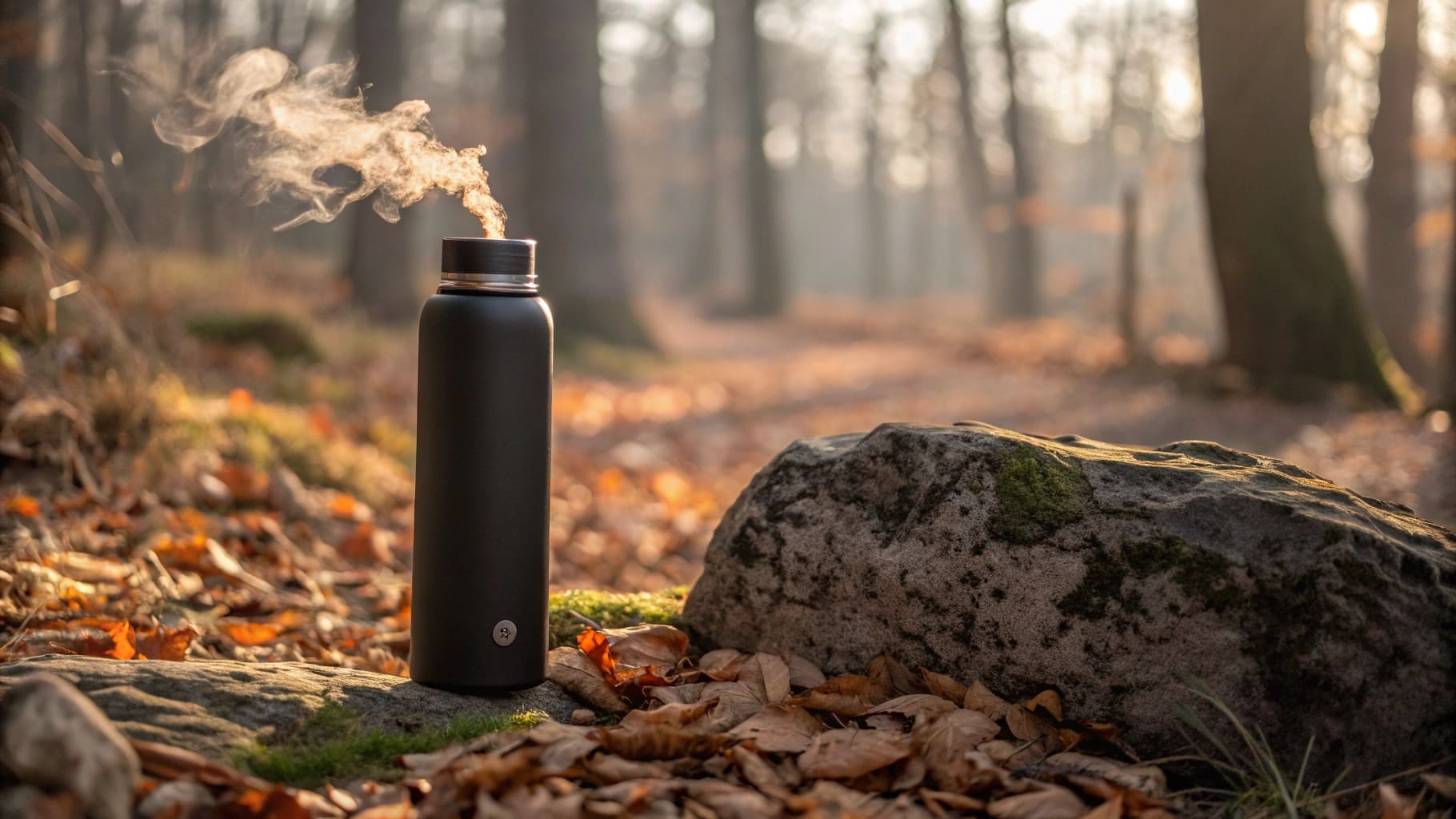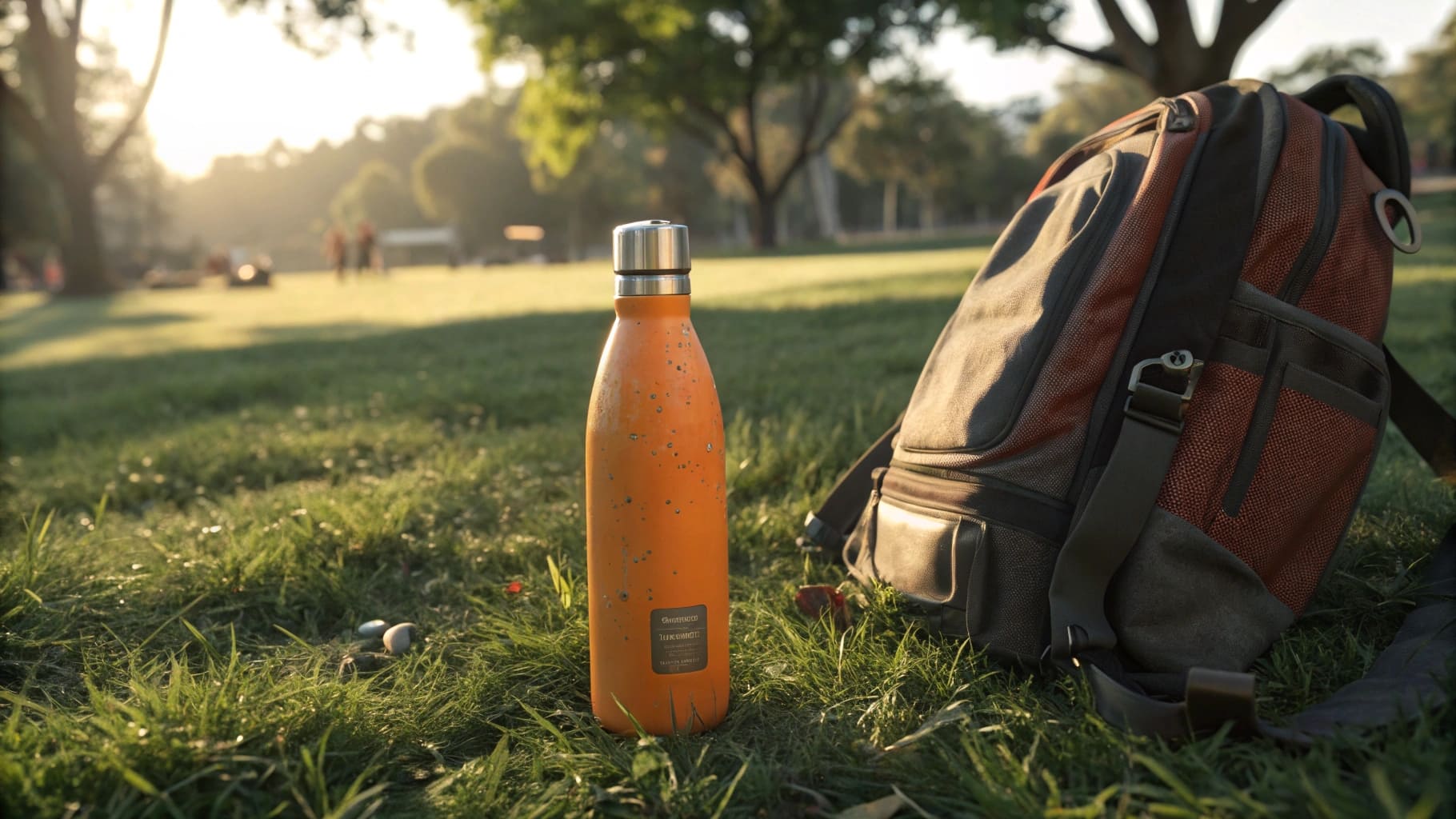Worried about product safety? Unsure if your stainless steel choice is truly food-grade for your customers? This guide clarifies it.
Yes, 304 stainless steel is widely considered food-grade and very safe. It is a common material for kitchenware, drinkware, and food processing. This is due to its excellent corrosion resistance.

Now that we know 304 stainless steel is generally food-grade, you might have more specific questions. Many of my clients, procurement officers and startup bosses alike, often ask about specific comparisons or regulations. They need to ensure the products they source, like stainless steel water bottles, meet all standards. Let's dive deeper into those common concerns. This will help you make the best choices for your business.
Is 304 or 316 stainless steel better for food making?
Confused by steel grades? Wondering which one offers superior performance for your food-related products? Let's compare them simply.
For most food applications, like water bottles or general cookware, 304 stainless steel is excellent and cost-effective. 316 offers better corrosion resistance1, especially against salts and acids. So, it is ideal for more demanding uses.

When B2B buyers, such as Mark Shenng from Canada who sources stainless steel water bottles, ask me this question, the answer really depends on the specific application. Both 304 and 316 are austenitic stainless steels. This means they are non-magnetic and have good formability. However, their compositions differ slightly, which affects their properties and cost. For my clients in America and Europe looking for top-quality customized water bottles, this distinction is important.
Composition Differences
The main difference lies in the addition of molybdenum to 316 stainless steel.
- 304 Stainless Steel: Typically contains 18% chromium and 8% nickel. This is why it's often called 18/8 stainless steel.
- 316 Stainless Steel: Contains about 16-18% chromium, 10-14% nickel, and importantly, 2-3% molybdenum.
Molybdenum significantly enhances corrosion resistance, particularly against chlorides and various industrial solvents.
Corrosion Resistance Compared
While 304 stainless steel offers good corrosion resistance for most food and beverage applications, 316 takes it a step further.
- 304 Stainless Steel: Resists most oxidizing acids and common food-related corrosion. It's the backbone of the industry for items like the hip flasks and coffee mugs we produce at Icobottle.
- 316 Stainless Steel: Superior resistance to pitting and crevice corrosion in chloride environments. It also performs better with acidic foods or liquids.
Cost and Application Considerations
There is a cost difference. 316 stainless steel2 is generally more expensive than 304. This is due to its higher nickel content and the addition of molybdenum.
| Feature | 304 Stainless Steel | 316 Stainless Steel |
|---|---|---|
| Key Elements | Chromium (18%), Nickel (8%) | Chromium (16-18%), Nickel (10-14%), Molybdenum (2-3%) |
| Corrosion Resistance | Good for general food use | Excellent, especially against chlorides & acids |
| Cost | More economical | More expensive |
| Typical Drinkware Use | Standard water bottles, coffee mugs, cups | Containers for acidic beverages, harsh environments |
So, for standard water bottles meant for water, 304 stainless steel is usually the optimal choice. It provides the necessary safety and durability at a better price point. 316 might be an over-specification leading to unnecessary costs. However, if the product will consistently hold very acidic beverages or be used in marine environments, 316 could be the better, albeit pricier, option. For most wholesale orders of tumblers and cups, 304 hits the sweet spot for quality and value.
Is 304 stainless steel FDA approved?
Facing compliance hurdles for your market? Concerned if 304 steel meets Food and Drug Administration (FDA) standards? Let's understand the approval process.
The FDA does not "approve" raw materials like specific grades of stainless steel. Instead, the FDA sets standards for finished articles that come into contact with food. Products made from 304 stainless steel can readily meet these FDA requirements if manufactured correctly.

This is a point I often clarify for my B2B customers. They are rightly concerned about compliance, especially when exporting to markets like America. The FDA's role is crucial, but it's focused on the final product, not just the raw material. As a manufacturer in China, Icobottle ensures our processes result in products that are safe and compliant.
FDA's Role in Food Contact Materials
The FDA regulates food contact substances (FCSs). These are substances intended to be used in materials that manufacture, pack, package, transport, or hold food. Stainless steel, when used in kitchenware or water bottles, is considered a food contact material. The FDA’s regulations, specifically Title 21 of the Code of Federal Regulations (CFR), outline requirements for these materials. The goal is to ensure that no harmful substances migrate from the material into the food in significant amounts.
What "Food Grade" Means for Stainless Steel
When we say 304 stainless steel is "food grade," it means it's generally recognized as safe (GRAS) for food contact. This is based on its composition and low level of reactivity. For a finished product made of 304 stainless steel to be considered compliant with FDA standards, it must:
- Be made of materials that are suitable for the intended use.
- Not transfer any harmful substances to the food.
- Be manufactured under Good Manufacturing Practices (GMP).
High-quality 304 stainless steel, like the kind we use for our water bottles and coffee mugs, is chosen for its stability and resistance to leaching.
Ensuring Compliance for Your Products
As a procurement officer or startup boss, you should ensure your supplier provides products made from high-quality 304 stainless steel. Also, ensure they follow good manufacturing practices. Sometimes, buyers ask for migration testing reports from accredited labs. These tests check if any elements from the steel transfer to food simulants under specific conditions. At Icobottle, we are familiar with these requirements and can provide necessary documentation to support our product quality and safety. Choosing a reliable supplier who understands these nuances is key. This helps avoid issues like the certificate fraud Mark Shenng sometimes worries about with less scrupulous suppliers.
Is 304 stainless steel safe to drink from?
Prioritizing consumer health is always number one. Are you questioning the safety of 304 stainless steel for drinkware? You can be confident.
Yes, 304 stainless steel is generally very safe for drinking water and other beverages. It does not leach harmful chemicals, strongly resists corrosion, and does not affect the taste of your drinks.

In my years of experience at Icobottle, supplying stainless steel drinkware globally, safety is a top concern for all my clients. Whether they are large companies or new startups, they need to trust the materials used in their products. 304 stainless steel has an excellent track record for safety in food and beverage applications, forming the backbone of the industry.
Why 304 Steel is a Safe Choice
304 stainless steel is an alloy, primarily made of iron, chromium (at least 18%), and nickel (at least 8%). These elements are bound tightly within the steel's structure.
- Inert Nature: Stainless steel is relatively inert. This means it doesn’t react with most foods and beverages. You won't get a metallic taste from a 304 stainless steel water bottle.
- Corrosion Resistance: The chromium in 304 steel forms a passive, invisible, and protective layer of chromium oxide on the surface. This layer prevents rust and corrosion. It also stops the metal from reacting with the contents of the bottle. If scratched, this layer can self-repair in the presence of oxygen.
No Harmful Leaching
A major concern with any food contact material is leaching – the transfer of substances from the material into the food or drink.
Studies have consistently shown that high-quality 304 stainless steel leaches negligible, if any, amounts of its constituent metals (like nickel or chromium) into food or water. The amounts are well below safety thresholds set by health authorities worldwide. This makes it a much safer alternative to some plastics, which can leach chemicals like BPA or phthalates, or improperly lined aluminum bottles. For business owners like Mark Shenng, who are sensitive to quality, this assurance is vital.
Maintaining Water Purity
Using 304 stainless steel for water bottles, tumblers, and cups helps maintain the purity and taste of the beverage.
- Non-Porous Surface: Stainless steel has a non-porous surface. This means it doesn't harbor bacteria or absorb odors and flavors from previous drinks, as long as it's cleaned properly.
- Durability: It's also very durable and can withstand high temperatures, making it easy to sanitize.
As a B2B supplier, I always emphasize that the quality of the raw material and the manufacturing process are key. When you source top-quality 304 stainless steel products with customized logos or colors from Icobottle, you are choosing a safe and reliable option for your customers.
Conclusion
In summary, 304 stainless steel is indeed food-grade, safe for drinking, and FDA-compliant when manufactured correctly. It's a reliable choice for most food and beverage applications.

